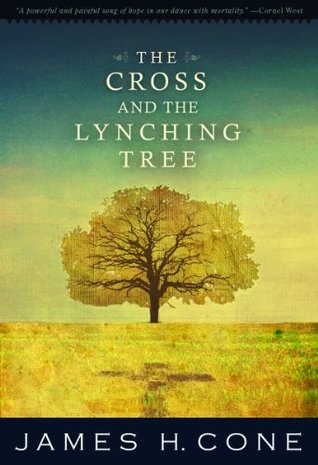More on this book
Community
Kindle Notes & Highlights
The cross has been transformed into a harmless, non-offensive ornament that Christians wear around their necks. Rather than reminding us of the “cost of discipleship,” it has become a form of “cheap grace,”[3] an easy way to salvation that doesn’t force us to confront the power of Christ’s message and mission.
For the Jews of Jesus’ time the punishment of crucifixion held special opprobrium, given their belief that “anyone hung on a tree is under God’s curse” (Deut 21:23).
The cross is a paradoxical religious symbol because it inverts the world’s value system with the news that hope comes by way of defeat, that suffering and death do not have the last word, that the last shall be first and the first last.
lynching era (1880-1940).
“Their blackness alone,” writes historian Joel Williamson in his influential text The Crucible of Race, “was license enough to line them up against walls, to menace them with guns, to search them roughly, beat them, and rob them of every vestige of dignity.”[10]
Although white southerners lost the Civil War, they did not lose the cultural war—the struggle to define America as a white nation and blacks as a subordinate race unfit for governing and therefore incapable of political and social equality.
As Theodore Roosevelt said, “the greatest existing cause of lynching is the perpetration, especially by black men, of the hideous crime of rape—the most abominable in all the category of crimes, even worse than murder.”
Whites lynched blacks in nearly every state, including New York, Minnesota, and California.
They found hope in the stoic determination not to be defeated by the pain and suffering in their lives. James Baldwin called this hope an “ironic tenacity”! “I’ve got the blues and I’m too damn mean to cry.” “The blues,” as Ralph Ellison put it, “is an impulse to keep the painful details and episodes of a brutal experience alive in one’s aching consciousness, to finger its jagged grain, and to transcend it, not by the consolation of philosophy but by squeezing from it a near-tragic, near-comic lyricism.”[26]
“It is only when we are within the walls of our churches that we can wholly be ourselves,” Wright correctly said, “that we keep alive a sense of our personalities in relation to the total world in which we live, that we maintain a quiet and constant communion with all that is deepest in us.”[38]


